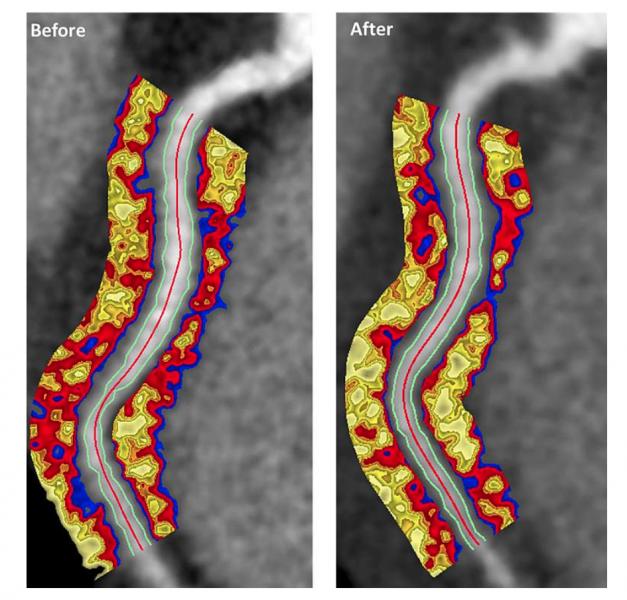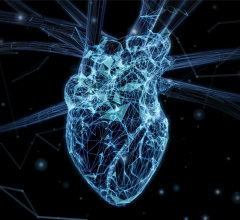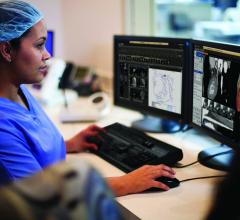July 31, 2019 — Researchers found anti-inflammatory drug therapies used to treat moderate to severe psoriasis can ...
Cardiac Imaging
The cardiac imaging channel includes the modalities of computed tomography (CT), cardiac ultrasound (echocardiography), magnetic resonance imaging (MRI), nuclear imaging (PET and SPECT), and angiography.

Nate Bachman, graduate research assistant in the Human Cardiovascular Physiology Lab of the Dept. of Health and Exercise ...
Mark Ibrahim, M.D., FACC, assistant professor of medicine and radiology, associate program director, advanced cardiac ...
Cardiac positron emission tomography (PET) is growing in popularity among cardiologists because it provides the ability ...
Andrew Choi, M.D., FACC, FSCCT, co-director, cardiac CT and MRI, assistant professor of medicine and radiology, George ...

Intelligent software solutions (aka deep learning, artifical intelligence, AI, machine learning), this seems to be ...
Pierre Qian, MBBS, cardiac electrophysiologist fellow, Brigham and Women's Hospital, explains how his facility is ...
As medical advancements continue to push the boundaries of what is possible in the field of structural heart ...
Joao Cavalcante, M.D., FSCCT, director of structural heart CT and cardiac MRI, Minneapolis Heart Institute, discusses ...
Arthur Agatston, M.D., clinical professor of medicine, Florida International University, Herbert Wertheim College of ...

One of the big trends in cardiac computed tomography (CT) imaging has been the introduction of noninvasive fractional ...
Discover the key features of cardiovascular structured reporting that drive adoption, including automated data flow, EHR ...
July 24, 2019 — The West Virginia University (WVU) Heart and Vascular Institute is the first hospital in the country to ...

Cardiac amyloidosis is a highly morbid and underdiagnosed infiltrative cardiomyopathy that is characterized by the ...
Ron Blankstein, M.D., director of cardiac computed tomography, Brigham and Women's Hospital, and associate professor of ...
Cardiologists need information from multiple sources to make accurate diagnoses and plan interventional therapies. The ...
Quynh Truong, M.D., MPH, associate professor of radiology and medicine at Weill Cornell and director of cardiac CT ...
July 18, 2019 — Low doses of radiation equivalent to three computed tomography (CT) scans, which are considered safe ...
July 18, 2019 — On June 30, 2019, the Centers for Medicare & Medicaid Services (CMS) announced the Johns Hopkins ...

 July 31, 2019
July 31, 2019














